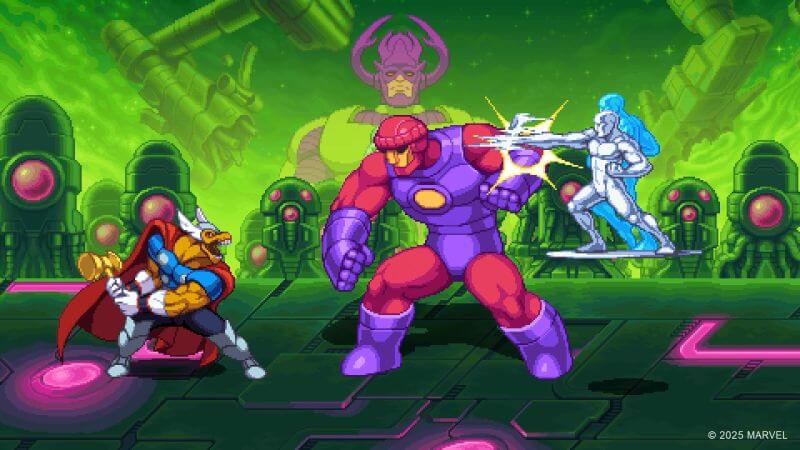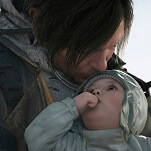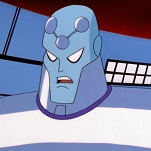Marvel Cosmic Invasion Shows Why Beat 'Em Ups Are Perfect For Superheroes

I have one major tension with Insomniac’s Spider-Man games, Rocksteady Studio’s Batman Arkham series, and similar superhero games. It’s not so much a design flaw as it is a sacrifice, something that needed to go if developers ever had the hope of creating open-world games where players could swing, dive, punch, and not kill all they want. My gripe is that the Spider-Mans and Batmans of these games can get distracted from helping someone in need—the one thing I could never imagine these heroes doing.
This is a fundamental tension between superheroes and many of the games they headline: Peter Parker, Bruce Wayne, or any other vigilante isn’t really the one behind the suit, the player is. It is ultimately the player’s desire that wins, and most players desire canon-blasting, web-slinging, thug-hospitalizing fun that doesn’t give much real regard to the NPCs being saved. When a game is marketed as “feel like [x hero],” what that often translates to is “make use of [x hero]’s stamina, relationships, and weapons to indulge your superhero fantasy.”
This isn’t a bad thing, per se, or a call for strictly following a character’s “canon” story beats. I love fresh and unique takes on well-trodden characters. Even if it’s bad, I’m always in the corner of trying. Where it begins to itch is when you consider the fact that these games use all the same history, powers, and costumes of a hero, but then the overall experience feels more about acting like a superhero than being one. The purpose of many superhero games isn’t to actually feel like a superhero—to be fair, their lives suck!—but to have fun in ways only a superhero could. While this is especially highlighted in open-world games due to the dizzying amount of side quests that ache for your attention, it’s an observation that could be levied at any superhero game where gameplay contrasts with character, where saving the life in danger inevitably clashes with the puzzle guarding a collectible or the achievement locked behind a long chain of side quests. The Spider-Man of comics and screen wouldn’t blithely swing by an innocent bystander being mugged because he’s tracking down a backpack he left somewhere, but he will do exactly that, many times over, in video games. That’s what open world games are like, though.
Playing the Marvel Cosmic Invasion demo has confirmed that one genre continues to emulate the superhero experience best: side-scrolling beat ‘em ups. This is something I’ve felt since the first time I played the X-Men arcade game as a kid, but could only articulate well now. What makes superheroes and beat ‘em ups a great combo is that the latter frequently captures, by nature, significant elements of the former. For starters, beat ‘em ups have an incredible amount of urgency and focus to them. Structurally, most beat ‘em ups involve mowing down any number of enemies in between you and the other end of a linear level. There might be the odd detour here or there, but these games functionally cut any distractions in favor of players focusing on moving toward a goal. Intentionally or not, this structure is perfect for a high-stakes superhero story. Because where else should a superhero be during an alien invasion if not tackling the extraterrestrial head-on as the first line of defense? Superheroes can have fun, and I like seeing Spidey stop to snap a selfie as much as any other webhead fanatic, but when it’s time to save lives, they should be locking in.







































